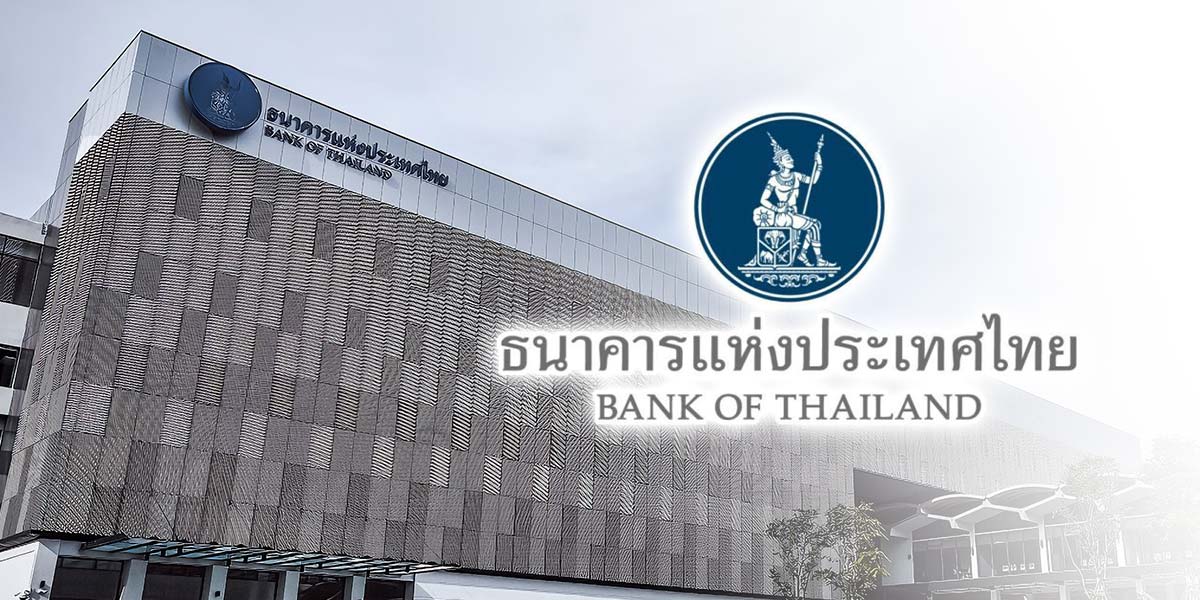Mr. Sakkapop Panyanukul, Secretary of the Monetary Policy Committee (MPC), announced the outcome of the meeting on 25 June 2025 as follows.
The Committee voted 6 to 1 to maintain the policy rate at 1.75 percent. One member voted to cut the policy rate by 0.25 percentage point from 1.75 to 1.50 percent.
The Thai economy expanded more than anticipated in the first half of 2025 owing to manufacturing production and front-loading exports. Nevertheless, the Thai economy is projected to slow down going forward, as a result of increasing risks to merchandise exports stemming from U.S. trade policies as well as geopolitics and domestic factors. Meanwhile, headline inflation remains subdued due to supply-side factors. Credit growth slows down partly due to declining loan demands for some groups and increased credit risks. The Committee deems that monetary policy should be accommodative to support the economy looking forward. The previous policy rate cuts have already provided some cushion against the prevailing risks. However, most committee members voted to maintain the policy rate at this meeting, giving importance to the timing and effectiveness of monetary policy amid high uncertainties and limited policy space. One committee member voted to cut the policy rate by 0.25 percentage point to alleviate interest rate burdens and support the adjustment of those affected by the weakening economic outlook.
The Thai economy is projected to expand by 2.3 and 1.7 percent in 2025 and 2026, respectively.This year’s economic growth figure of 2.3 percent is partly due to stronger-than-expected outturn in the first quarter and leading economic indicators in the second quarter. Export growth, particularly in electronics and front-loaded goods to the U.S., has supported manufacturing and related-service sectors. However, looking ahead, the economy is expected to slow down in the second half of 2025, as merchandise exports are facing headwinds from U.S. tariffs and private consumption will moderate in line with weakening income and consumer confidence. The projected number of tourist arrivals is revised down, although tourism receipts continue to expand due to higher spending per visitor. Meanwhile, certain business sectors are facing pressures from intensified competition of import flooding and shifting consumer behavior.
Headline inflation is projected to remain subdued at 0.5 and 0.8 percent in 2025 and 2026, respectively, due to the energy and fresh food prices. Core inflation is projected to expand by 1.0 and 0.9 percent in 2025 and 2026, respectively. Nevertheless, headline inflation that remains at the low level, primarily due to supply-side factors, has not resulted in a broad-based decline in prices. Moreover, medium-term inflation expectations are well-anchored within the target range. Looking ahead, it is necessary to monitor geopolitical risks that could increase global energy prices.
Overall credit growth remains negative. Financial institutions are cautious in extending credit, particularly for SMEs and low-income households. Part of the credit contraction stems from subdued business demand and increased loan repayment. Credit quality has continued to deteriorate, especially in SME and housing loans. Meanwhile, interest rates in money markets and financial institutions have declined in line with the recent policy rate cuts. The baht appreciated slightly against the U.S. dollar, driven by external factors and in line with regional currencies. The Committee will continue to closely monitor credit growth and credit quality, which could have implications for economic activities.
The prevailing monetary policy framework seeks to maintain price stability, support sustainable growth, and preserve financial stability. The Committee assesses the economic outlook to remain highly uncertain and stands ready to adjust monetary policy going forward to align with the economic and inflation outlook and associated risks.





